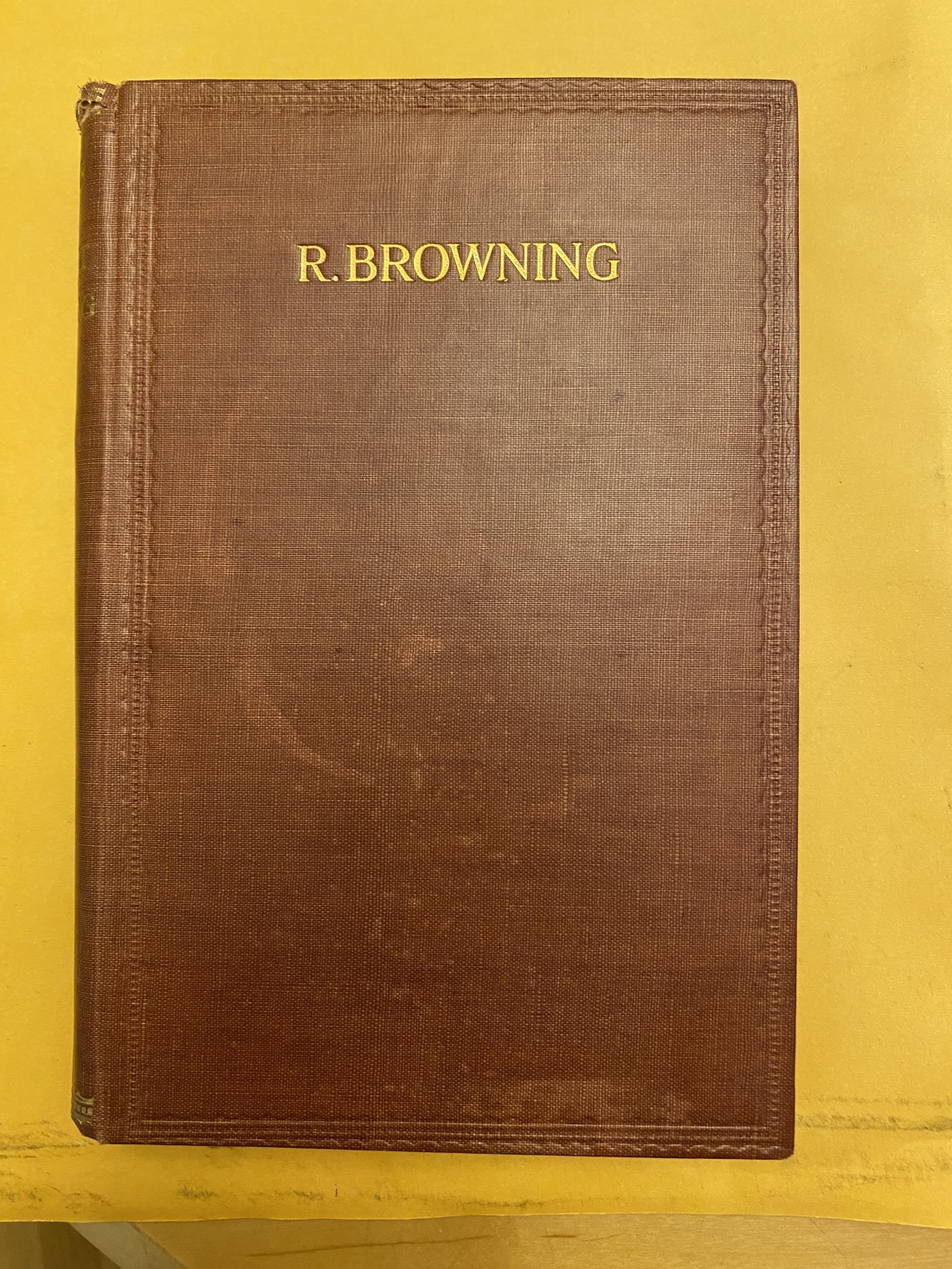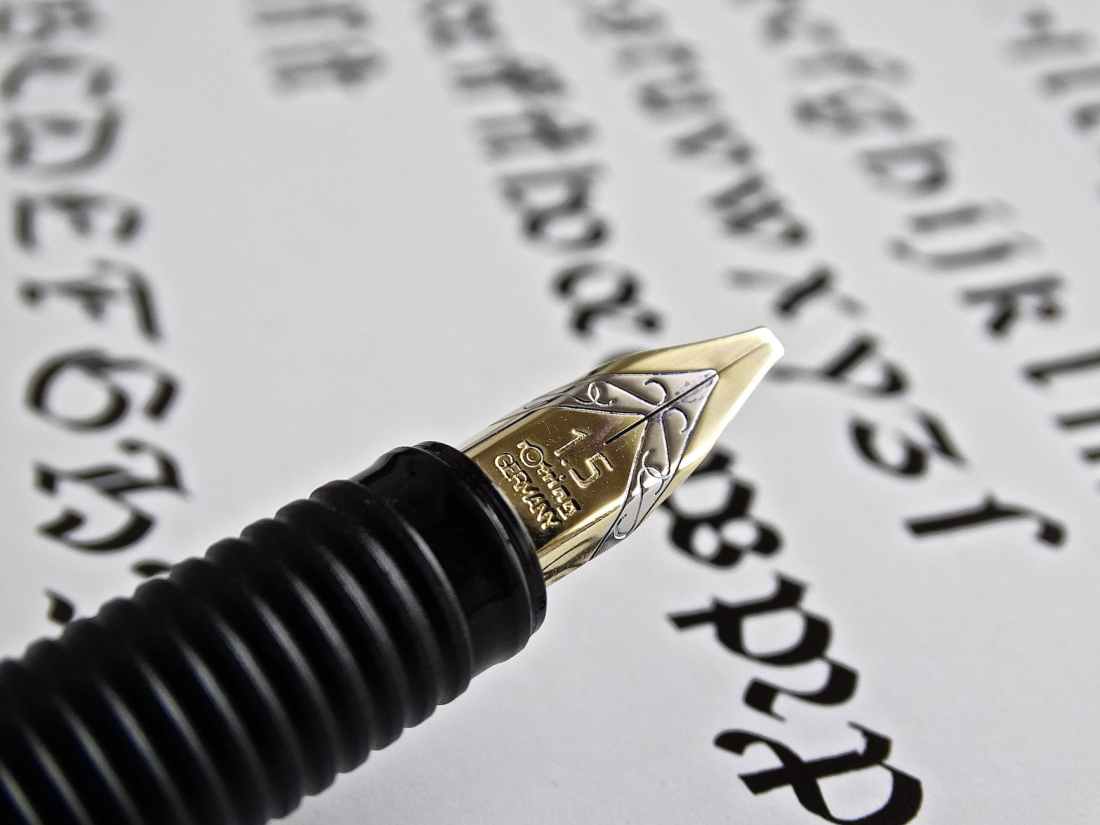Mary, Mary, quite contrary
How does your garden grow?
With silver bells, and cockle shells,
And pretty maids all in a row.
This nursery rhyme was one of my childhood favorites. I loved three things about it especially. First, the image of Mary standing in her garden among lovely pale flowers (the silver bells and pretty maids) and a bed of seashells (the cockle shells). I didn’t know about the rhyme’s possible references—still an issue of contention—to a royal Mary, either Mary Queen of Scots or Bloody Mary of the Tudors. Nor was I aware of the alternative last lines, with their references to rows of cuckolds (probably meaning cuckoos) and marigolds. Second, I loved the rhythms of the rhyme—the triplet “how does your” of line two and the sixteenths-eighth of “pretty maids” in line four. Third, and most importantly, I adored the word contrary. As someone with a slip-slidey mind, contrary was a position in which I often found myself, often to my chagrin. I pictured Mary, confidently contrary, happy in the place she’d made.
Therefore when I went looking for contrarian poems about spring, I was delighted to find a sonnet by a Mary, in this case Mary Lock(e). The e is parenthetical because consistency of spelling wasn’t all that important in the eighteenth century. It could have been an attempt to claim a kinship, correctly or otherwise, with the philosopher John Locke, or just a whim.
The poem was originally published in The Gentleman’s Magazine, a publication that ran from 1731 to 1922 and was the first periodical to call itself a magazine. Mary published about 20 poems in the magazine in the 1790s. According to Roger Lonsdale, who edited an anthology of women poets of the eighteenth century, Mary’s verses “often took …subjectivity and melancholy to alarming extremes.” Here is Mary’s take on spring:
I hate the Spring in parti-coloured vest,
What time she breathes upon the opening rose,
When every vale in cheerfulness is dressed,
And man with grateful admiration glows.
Still may he glow, and love the sprightly scene,
Who ne’er has felt the iron hand of Care;
But what avails to me a sky serene,
Whose mind is torn with Anguish and Despair?
Give me the Winter’s desolating reign,
The gloomy sky in which no star is found;
Howl, ye wild winds, across the desert plain;
Ye waters roar, ye falling woods resound!
Congenial horrors, hail! I love to see
All Nature mourn, and share my misery.
This doesn’t seem a particularly alarming extreme, amiright? In 2024 I’m finding it pretty relatable. Here in the jeanSpace household there have been more disasters and crises than usual. Personally I’ve had to actively search for the bump I get from the sunshine, milder temperatures, the little green buds, etc. And that lift has been more forced—and short-lived—than in most years. “Congenial horrors, hail!” is right up my alley.
Mary was born in 1766 (1768, by some accounts, but her 4x-great-granddaughter says it’s 1766, and that’s the date I’m using). Her father died when she was four. Her mother soon remarried, dying when Mary was 20. Mary’s childhood seems to have been unhappy, without much attention to education. After her mother’s death, Mary was taken in by a relative, Edward Taylor. Taylor was a man of letters, comfortably off, and Mary thrived in her new home. It was during this time that she published her poems. Taylor died in 1797, leaving Mary a substantial settlement that allowed her, at the age of 30, to marry William Mister, a physician and apothecary. The couple had three children, two of whom survived to adulthood.
After about twelve years off, Mary resumed her writing career, now under the name of Mary Mister. It’s not clear why she was silent for so long. It’s possible that her creative side was fully occupied by the challenges of being a wife and mother. (That has happened to me, and to other writers I know.) There’s a bitchy quote from Christopher Hitchens about everyone having a book inside them, but in most cases that book should stay inside. I hold that everybody has at least one book, which should be written or not, as the spirit moves—though for some people, one book is it. Nevertheless I’m fascinated by people who take a significant amount of time away from their art, then go back to it. Rachmaninoff was so dismayed by the reception of his first symphony that he didn’t write anything for about three years. Harper Lee infamously took 55 years off between novels.
Mary Mister had more than one work inside her. In 1810, she published the first of five children’s books, with the final book appearing in 1817. Her inspiration, she noted, was the bedtime stories she told her own children. The works were a far cry from her edgy poems. Maybe it’s an unfair comparison, given the different forms and audiences, but I found Mary’s prose thick textured, sometimes fussy, and slow paced. However, there are interesting and unusual perspectives. “Mungo, The Little Traveller” is a grand tour through Europe from the point of view of a dog. “The Adventures of a Doll” is narrated by a doll as she’s passed from owner to owner. “Tales from the Mountains” is a collection of short stories—morality tales, some with a gruesome edge. In one of the stories a gluttonous child is forced to watch someone of his own age being hanged in order to be cured of his (the glutton’s) vice. I remember devouring similar literature as a child, with relish and without the slightest wish to reform. I wonder what Mary’s unvarnished narrative voice was like—oh, to have been a fly on the wall as she told the stories to her children!
It seems that Mary’s publishing career finished in 1817. By then her children were grown, or close to it. I have a theory that many creative people find an audience, even if it’s an audience of one, to be a spur to composition. (Or maybe it’s just me, but I don’t think so.) Maybe Mary’s first audience was Edward Taylor, and her second audience was her kids.
She passed away twelve years later, in 1829. Her third audience may have been posterity. Her tombstone reads “Sacred to the Memory of Mary Mister, wife of William Mister Esqr of Glantowey, Caermarthenshire, who died 18 July 1829 aged 58 years.” Just as I love three things about the nursery rhyme I love three things about this sentence. First, that some of the language on the tombstone comes from Mary’s will (which was signed in Paris, ooh la la)—so I speculate that she had a bit of creative input here. Second, the evocation of the exotic locale of Caermarthenshire. And third, the fact that Mary–or someone–shaved her age by three to five years.
I’d like to visit Mary Locke Mister’s garden, without roses or silver bells, but with a windswept, gloomy beauty.









